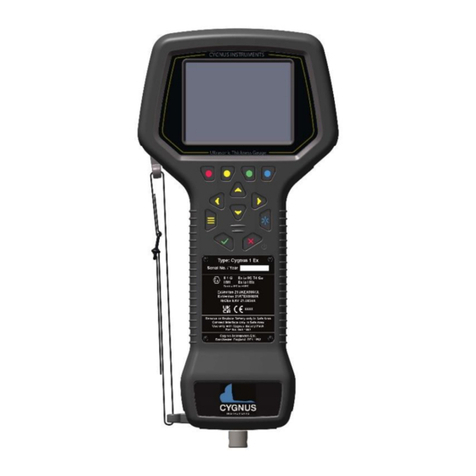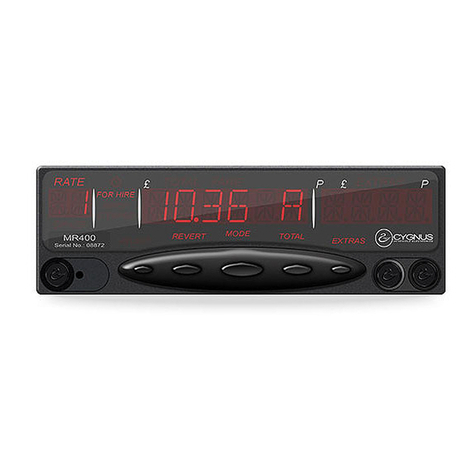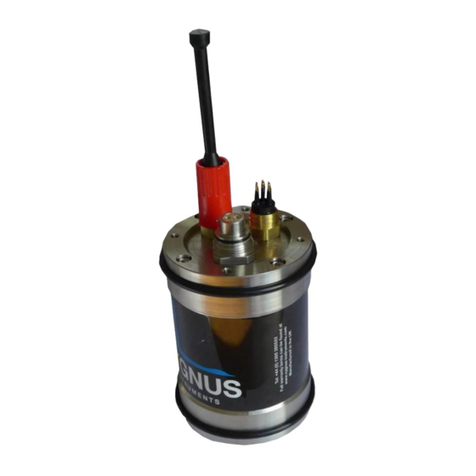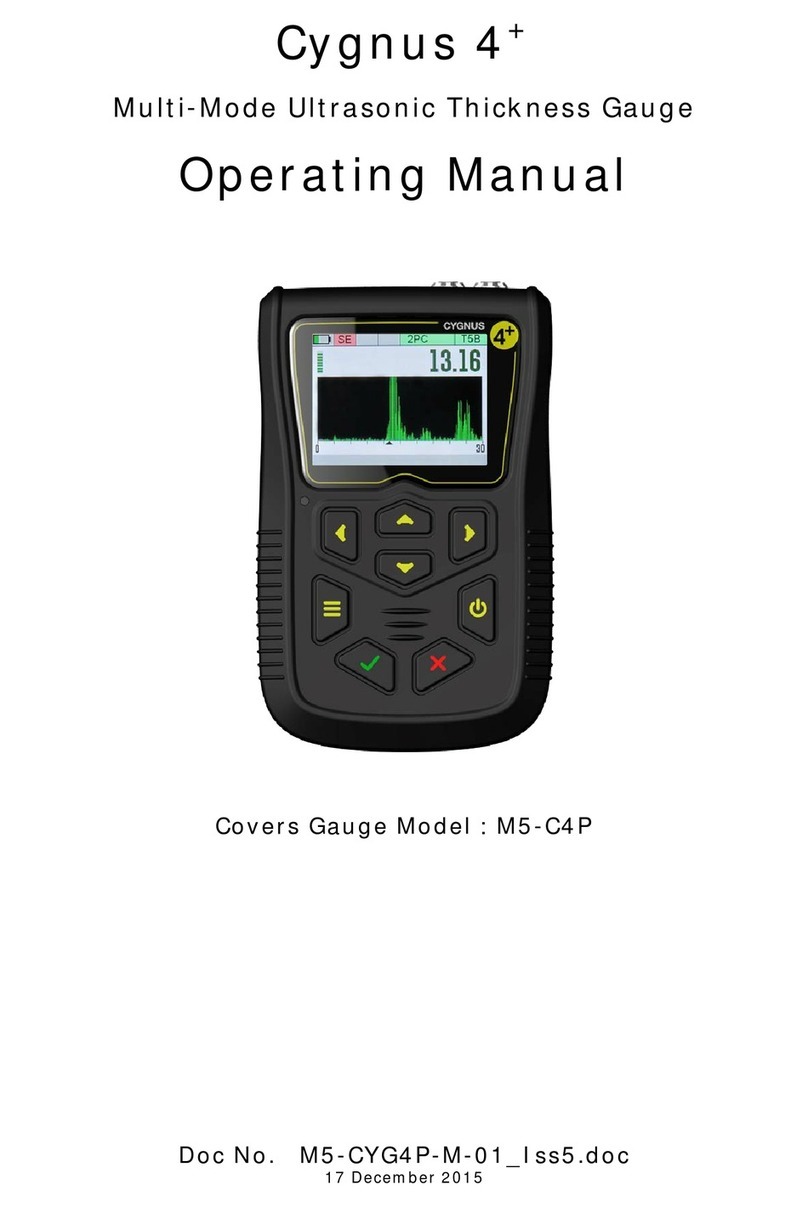4
Measurement Stability Indication in SE & EE Modes................26
Measuring Small Diameter Pipe & Tubes..................................27
Battery Life.........................................................................28
Battery Level ......................................................................28
Low Battery Warning............................................................28
6. Calibration ......................................................................29
Why should I Calibrate my Thickness Gauge?...........................29
Calibration Options ..............................................................30
Calibrating to a known thickness (Single or 1 Point)..................30
Two Point Calibration ...........................................................32
Ladder Step Wedge...........................................................32
Two Point Calibration Procedure ..........................................32
Probe Zero (twin element probes)..........................................34
Starting a Probe Zero from the Main Menu............................35
Probe Zero Function ..........................................................35
Setting the Velocity of Sound ................................................36
7. Gauge Setup ...................................................................38
Main Menu Operation ...........................................................38
Settings are Saved with the Probe Type ..................................39
Selecting the Probe Type ......................................................40
Automatic Probe Detection .................................................41
Measurement Units..............................................................42
Resolution Setting ...............................................................43
Deep Coat Function (multiple echo mode) ...............................44
Vibrate Alert Function...........................................................46
Display Rotate Function........................................................47
8. General Points On Thickness Gauging.............................49
9. Troubleshooting..............................................................50
The Gauge will not Switch On................................................50
Difficulty obtaining a Reading ................................................50
If Readings are Erratic or Unstable .........................................50
Tips for Optimising Battery Life..............................................50
10. Updating your Gauge....................................................52
Update Software..................................................................52
Gauge Firmware Files...........................................................52
11. Care and Servicing .......................................................53
Cleaning the Gauge..............................................................53
Batteries ............................................................................53
Environmental.....................................................................53

































